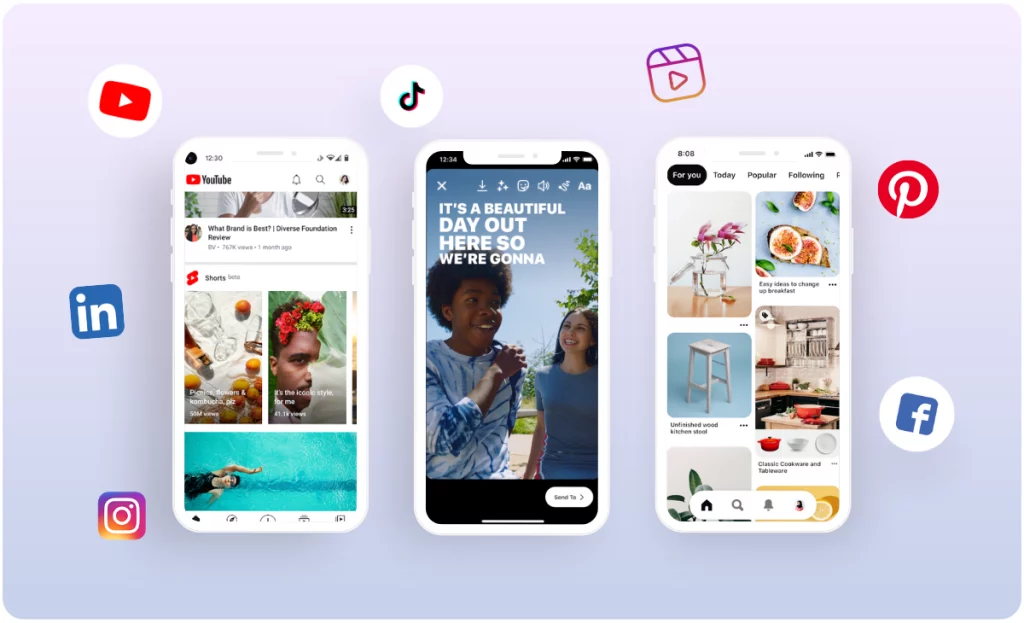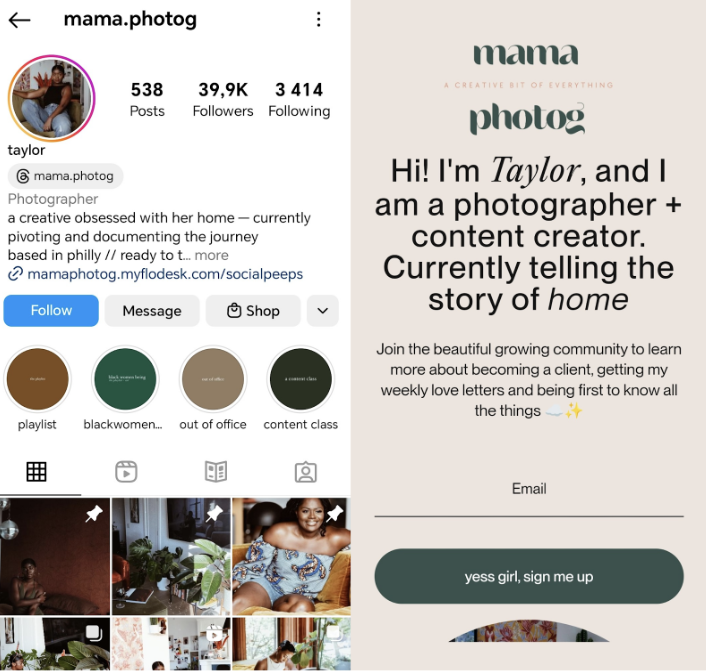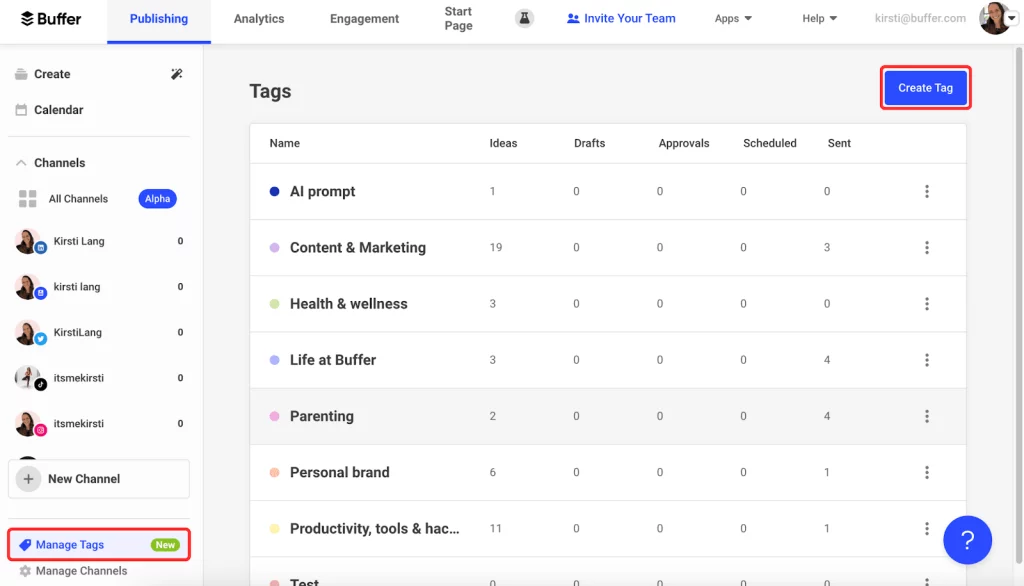Before we talk about social media planning, think about this: over 5.41 billion people are active on social media today, and the number is still climbing each year.
That is over half a billion people in the world who spend hours scrolling, liking, sharing, and talking on the Internet.
Social media is no longer about just sharing updates; it’s where brands build trust, connect with customers, and even make direct sales.
A strong social media plan shows you where to focus, what to share, and how to build real connections with your audience.
9 Steps for Social Media Planning
1. Be Clear About What You Want
To start with, consider what you actually need from social media in business. Do you feel like seeking new customers, making old customers satisfied or simply getting people talking about your brand? A goal helps in saving time and helps to stay focused.
Now knowing your purpose in it becomes easier to plan your posting. For example, if you want more people to notice you, share stories and useful tips. If selling is your goal, show products and offers in your posts.
When you know your goal, you don’t just post anything. You make every post count, so your business grows in the way you want it to.
2. Think About Who You Want To Talk To
Suppose that the type of individual who would love to purchase what you sell exists. Are they adolescents or parents? What are the things they enjoy doing when they are free? This is to assist you in posting content that they like and prefer reading.
Being aware of your audience helps you to talk in a manner that they understand. Post something that will help the audience solve their issues or even make them smile so that they will be back.
You may also interrogate them or conduct mini polls to know what they actually desire to see of you. When individuals are listened to, they will not go away but they will tell other people.
3. Pick the Best Social Media Apps

Instead of using every app, pick one or two that your audience uses most. If your clients are young, go for Instagram or TikTok. For older groups, maybe Facebook works better.
Don’t waste time on channels your audience ignores. Putting effort into the right apps makes your posts more effective and frees up your schedule for real customer chats.
Being present where your customers hang out means they will see your updates and can connect with you easily and often.
4. Check What Works and What Doesn’t
Take a look at your current social pages and do thorough social media audits. Are people commenting, liking, or sharing on certain posts? Focus on what’s working and do more of it.
If you have pages that get no attention, think about closing them for now. This lets you save time and energy for the pages that matter most.
It’s normal for some channels to be quieter than others. Don’t stress about numbers, go where you get real results or valuable feedback.
5. See What Other Businesses Are Doing
This social media strategy works best for small and medium size businesses. Because they can implement something new from other brands.
Check out other businesses like yours. What kinds of posts get the most love or shares? Try posting similar ideas, but always add your own twist.
If you see gaps, like no one posting live videos or quick tips, try filling them yourself. It helps you stand out while learning what people want.
Copying is not the goal; learning is. Watching competitors helps you learn quickly without making their mistakes.
6. Set Up Your Pages Well

Choose friendly, clear photos and write short, simple bios. Explain what your business does in easy words so anyone can grasp it.
Share contact details and make sure your page is active. Your page should look neat so that new visitors trust you right away.
Always secure your account and report any fake profiles, so your customers always know they’re talking to the real business.
7. Write a Simple Promise for Each App
For every social page, write a short promise, something like “Find discounts here” or “Get fast answers here.” That sets clear expectations.
Stick to your promise. If you say you’ll answer questions, try replying quickly so followers feel cared for.
Changing promises when needed is also fine. If you see that your page is getting used for a different purpose, update your promise to match.
8. Know What to Track

In the social media goals, include tracking every time. Because knowing what’s working and what not is always beneficial in saving time and resources.
See what posts receive likes, comments or shares. These demonstrate what people love and what posts attract new customers.
Do not be stressful with big numbers but pay attention on what really will bring your business a step closer, more visits, more questions, or sales to your site.
The free tools can help you match these numbers. Make minor adjustments whenever you realize that some of your posts are very successful.
9. Plan What to Share and When

Make a simple plan for what to post each week. Mix it up, share product photos, customer stories, and tips.
Following a plan means you never scramble for content, and your followers know when to expect new posts.
Try different formats, like short videos, quick polls, or behind-the-scenes pictures. See what gets people talking the most and do more of that.
Conclusion
Social media can help any business talk to people and grow bigger. To do well, decide your goal and understand who you want to reach. Use the apps your customers like most and make your page friendly and clear.
Watch what works on your posts and keep doing more of it. Learn from others, say what your page gives, and answer people quickly.
Check your results simply and update your plan if needed. A good plan means people notice you, trust you, and come back for more.
